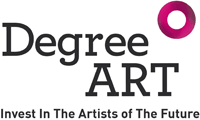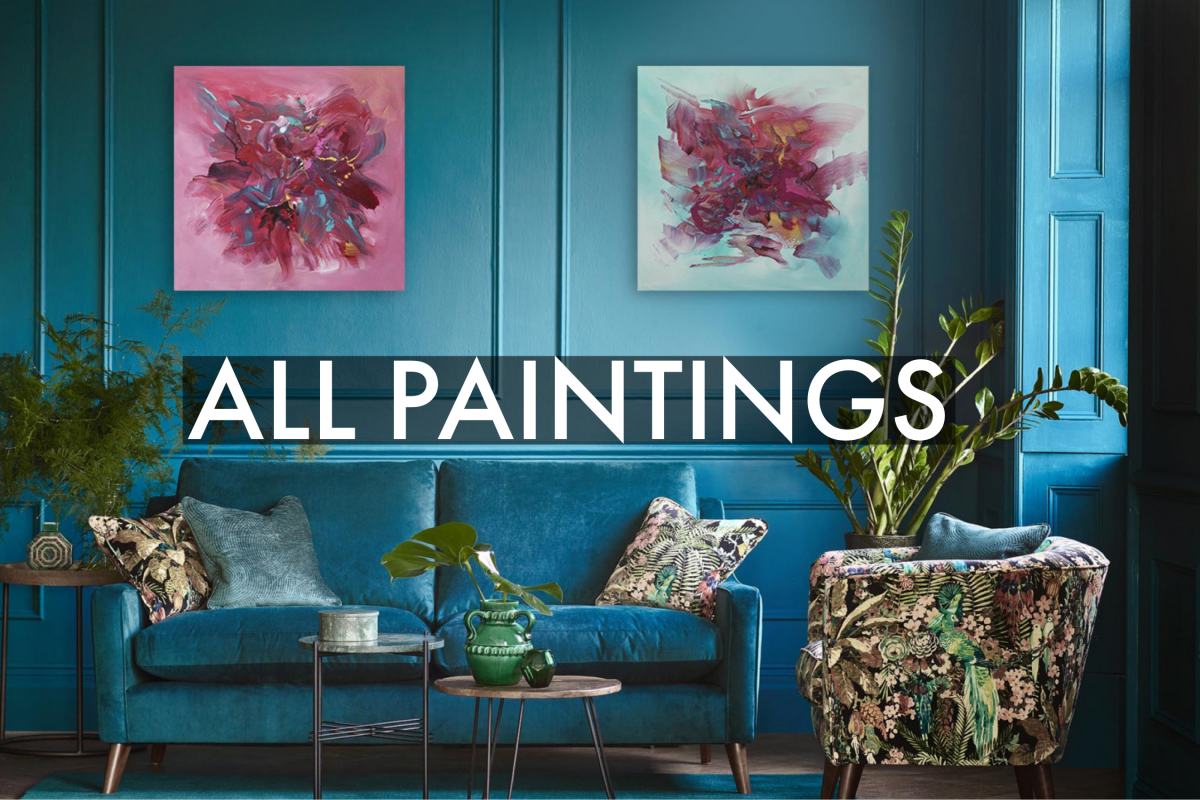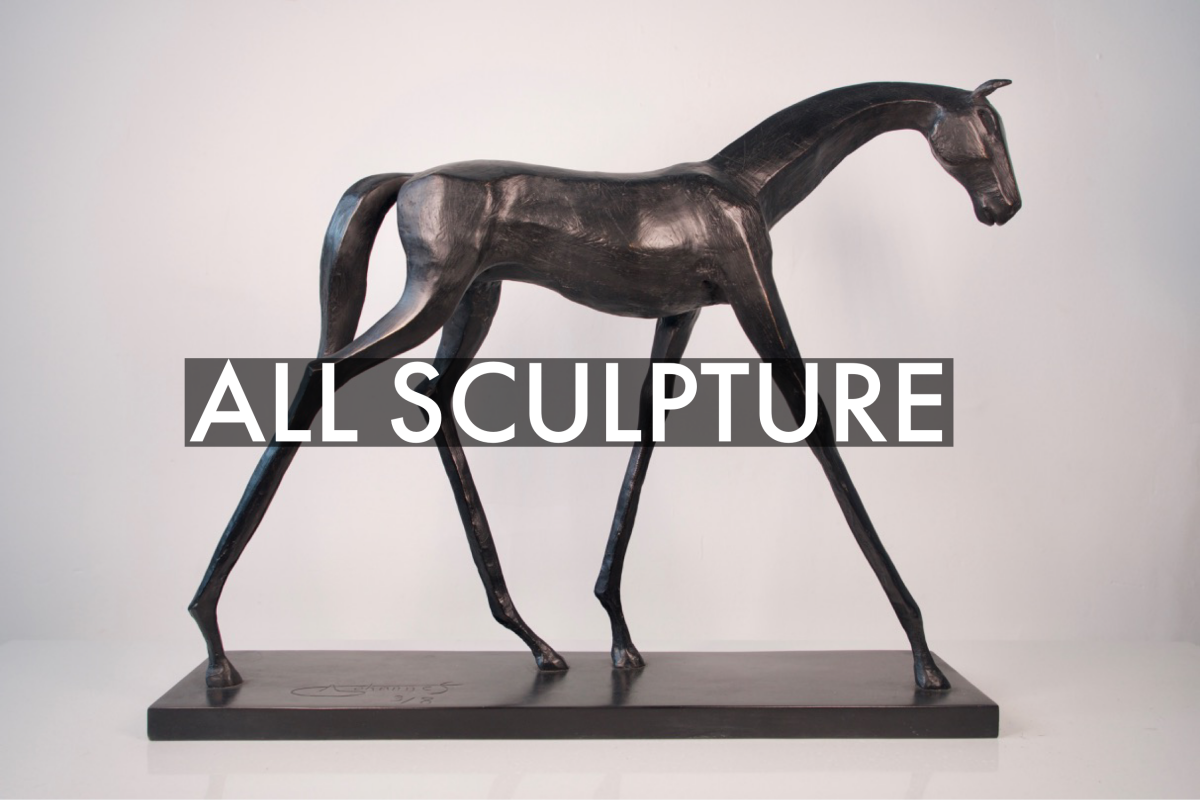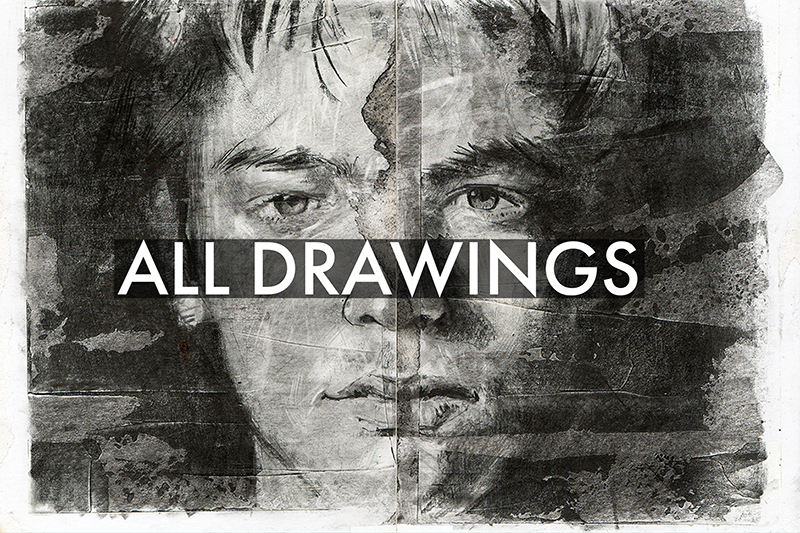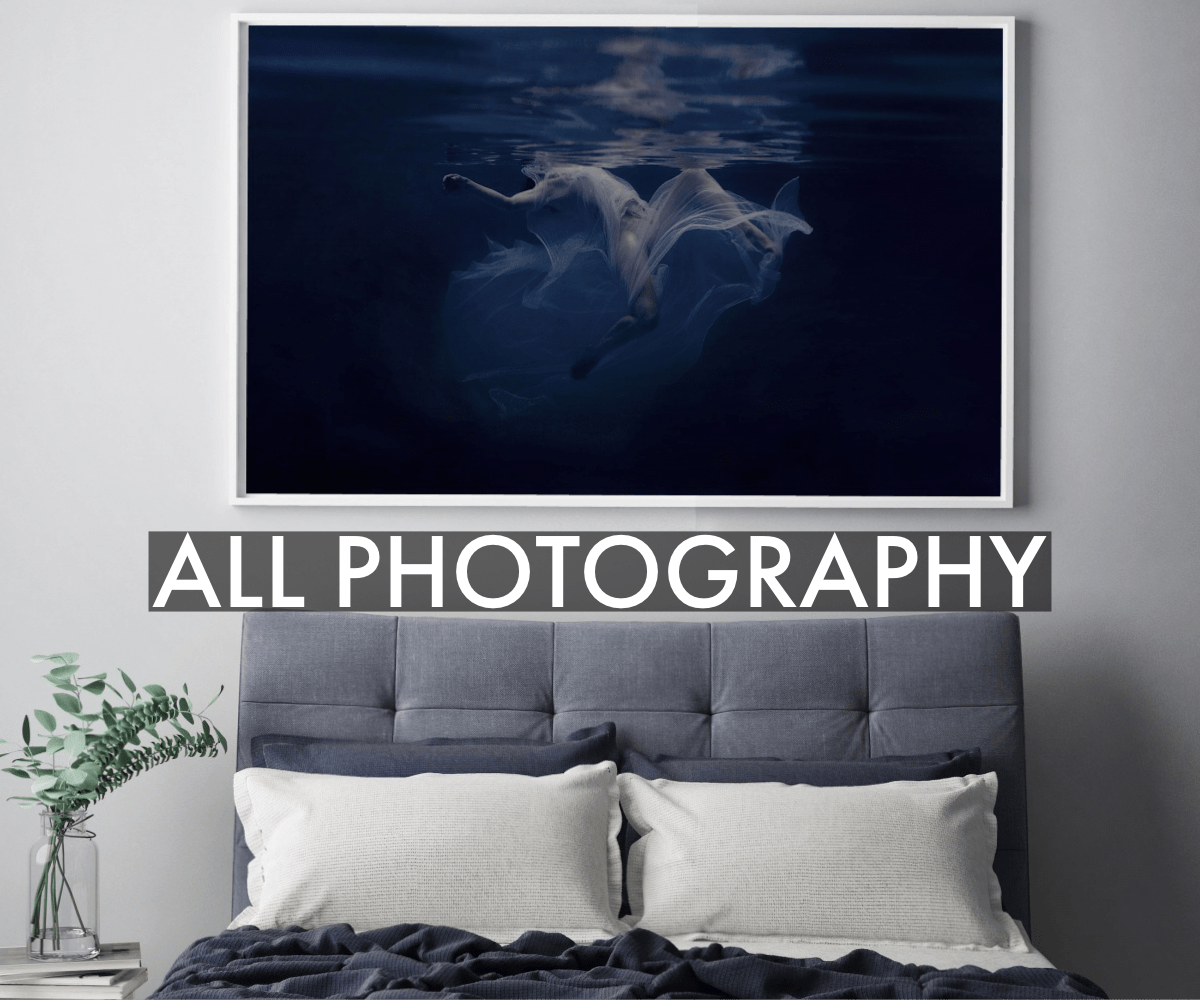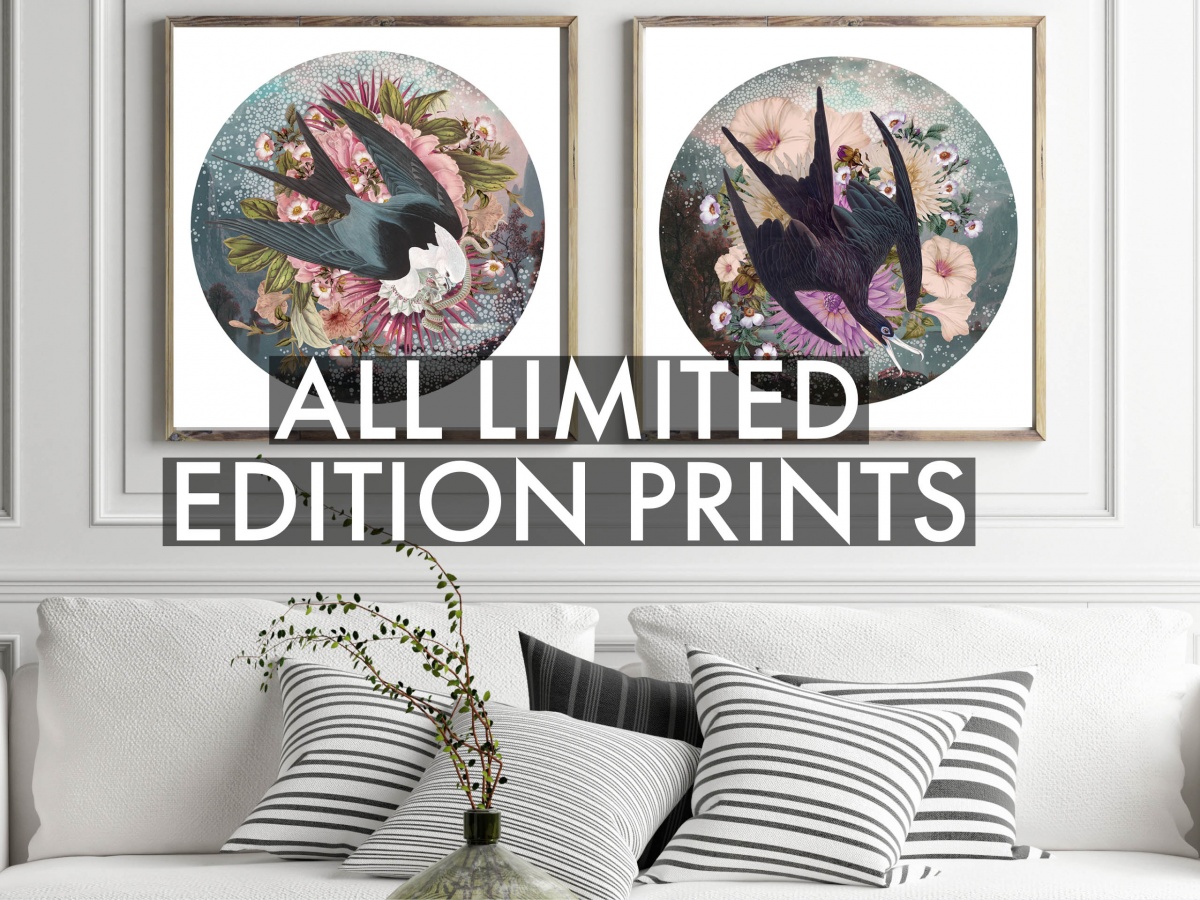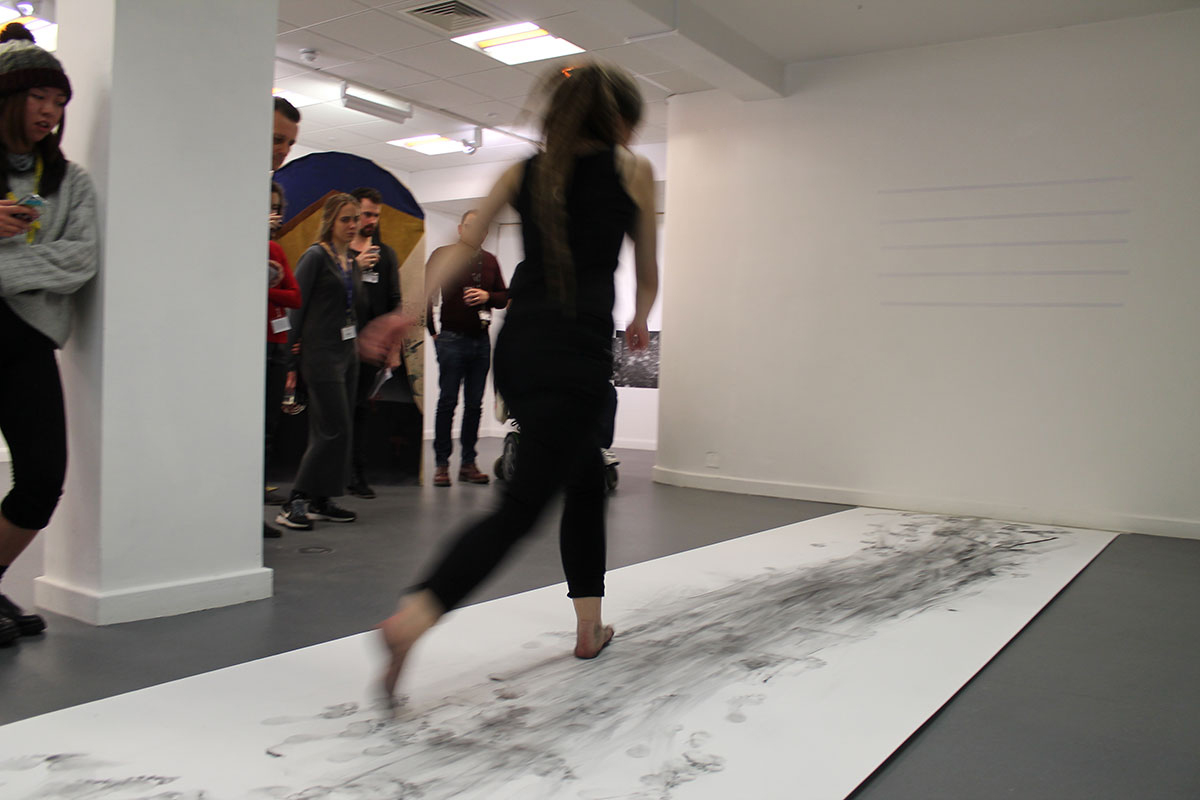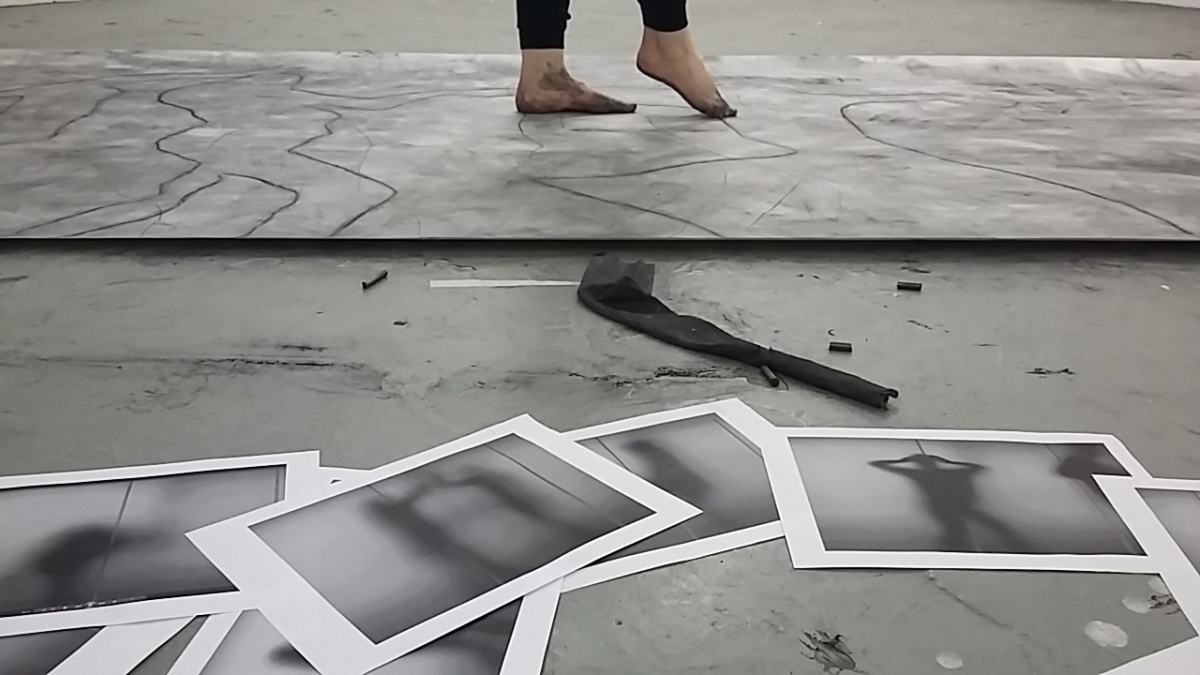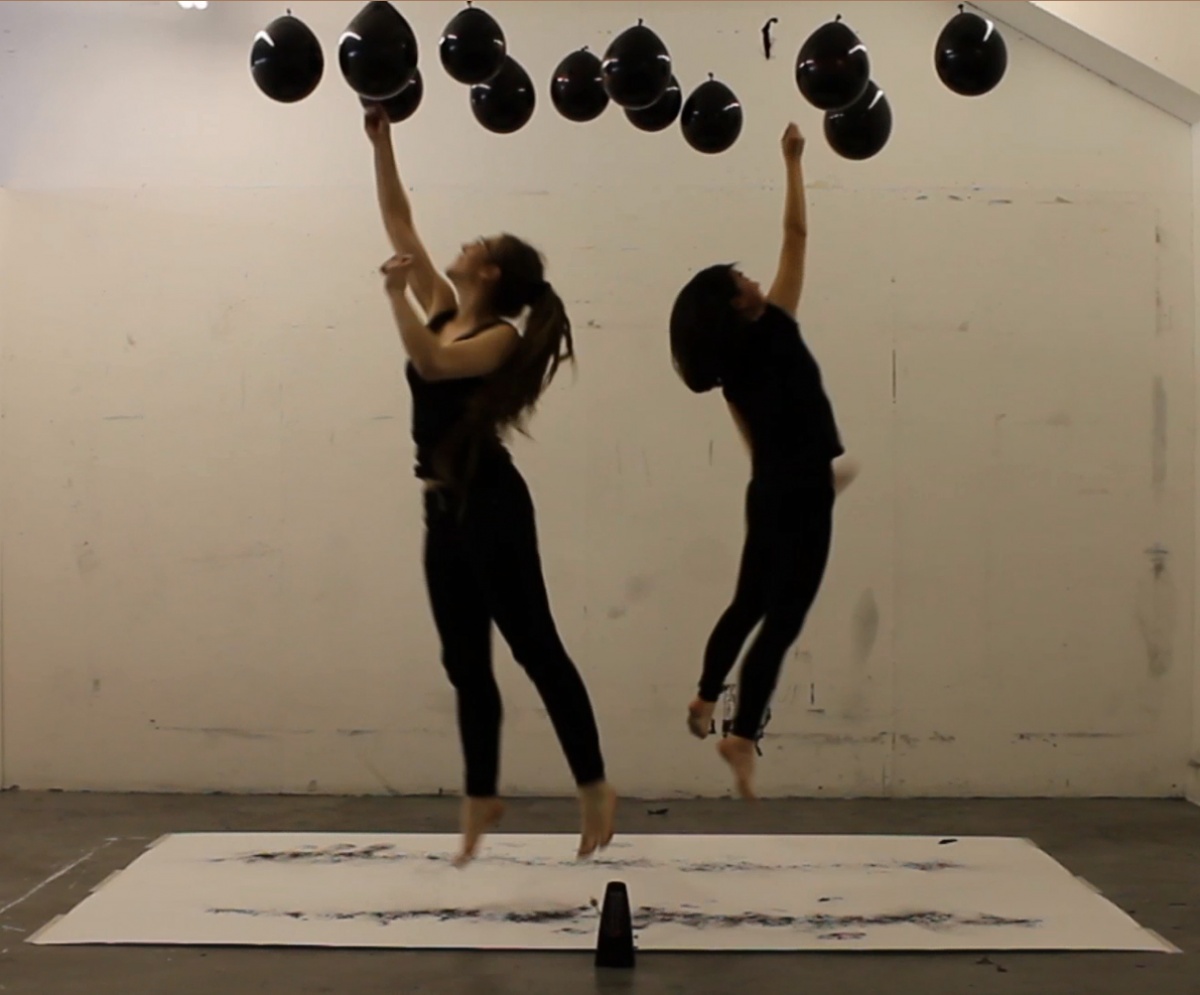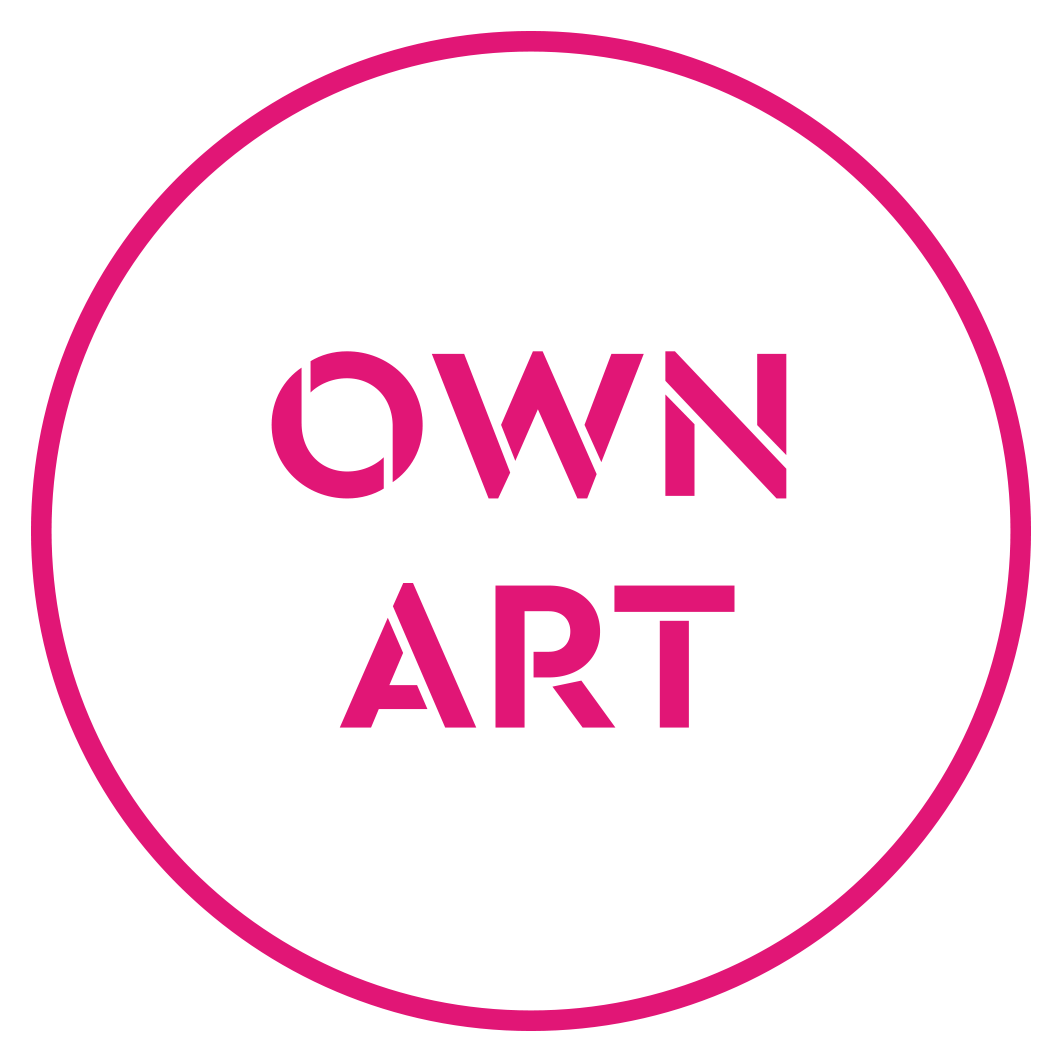Madeleine Lohrum Strancari (M. Lohrum) is an artist based in London and currently working across video, drawing and performance. Her work is inspired by the uncertain and changeable nature of both our social context and artistic creation.
1) Which art movement do you consider most influenced your practice?
Performance.
2) Where do you go and when to make your best art?
Most of my theoretical and practice-based research happens in my studio on a daily basis. But depending on each work's requirements, I sometimes need to go to a specific location in order to achieve the best result. This is, for example, the case of some video works which require very specific light conditions, or my site-specific performative drawings, where the performance is conceived according to, and the drawing results influenced by, the characteristics of a particular space.
3) How do you describe your 'creative process'?
My creative process is an oscillation between pairs of opposite concepts, such as intuition-reasoning, personal-universal experience, figurative-abstract, presence-absence, light-shadow, or what is controlled-what is not; exploring the possibilities in between these concepts. Time, body and space are also important ideas in my practice, wherein the movement of my own body (and/or others’ bodies) in a specific place or action determines decisively the final appearance of the work.
4) Which artist, living or deceased, is the greatest inspiration to you?
I like a lot Miriam Cahn's black and white works and the performative aspect of her drawing process, which involves the use of her whole body.
5) If you weren't an artist, what would you do?
I cannot imagine a life detached from art. I think if I was not an artist I would probably be a curator. After all, we are not so different. Both artists and curators put art ingredients together to elaborate an idea or discourse. Isn't curation a kind of ready-made practice?
6) What do you listen to for inspiration?
When I play music in my studio it is usually jazz, soul or instrumental music. It helps me to immerse myself in what I am making. However, every sound can potentially become a source of inspiration. For example, some of my recent works have been inspired by the simple rhythm of a metronome. One day I was working in my studio and for some reason, I recalled the days when I used to play the piano. The metronome always accompanied me in those enjoyable hours, and I thought it was a beautiful idea to introduce this object in my practice, and an interesting way to set the rhythm in my performative drawings.
7) If you could own one artwork, and money was no object, which piece would you acquire?
That is such a difficult question! I have seen many artworks I absolutely love, some of them even quite distant from my own practice. But if I need to choose one, I would say William Kentridge's 'More Sweetly Play the Dance'. It was one of the artworks I have enjoyed the most. I think his surrounding video-installation are really impressive.
8) If your dream museum or collection owner came calling, which would it be?
Tate Modern. I participated in Tate Exchange programme in January 2017 and it was an exciting and rewarding experience. I love how the museum works, how they manage to engage with the audience. Their exhibitions and activities are vibrant and stimulating. I would love my work to be exhibited in the Turbine Hall one day.
9) What is your key piece of advice for artists embarking on a fine art or creative degree today?
Take advantage of your time in university to test and strengthen your practice as much as possible.
10) What is your favourite book of all time (fiction or non-fiction)?
Un viejo que leía novelas de amor (The old man who read love stories) by Luis Sepúlveda. I love the way he describes things.
11) If you could hang or place your artwork in one non-traditional art setting, where would that be?
I can easily imagine myself making a performative drawing in a public space like a square or any street. Actually, this is an idea I would like to try out. I think I would enjoy a lot if any passer-by decides to become an unexpected collaborator.
12) What was the biggest lesson your university course or time studying taught you?
Keep working and researching every day.
13) And finally, if we were to fast forward 10 years, where would we find you?
I am a positive person and I believe in what I am making. Turner Prize nominee sounds great, doesn't it?
